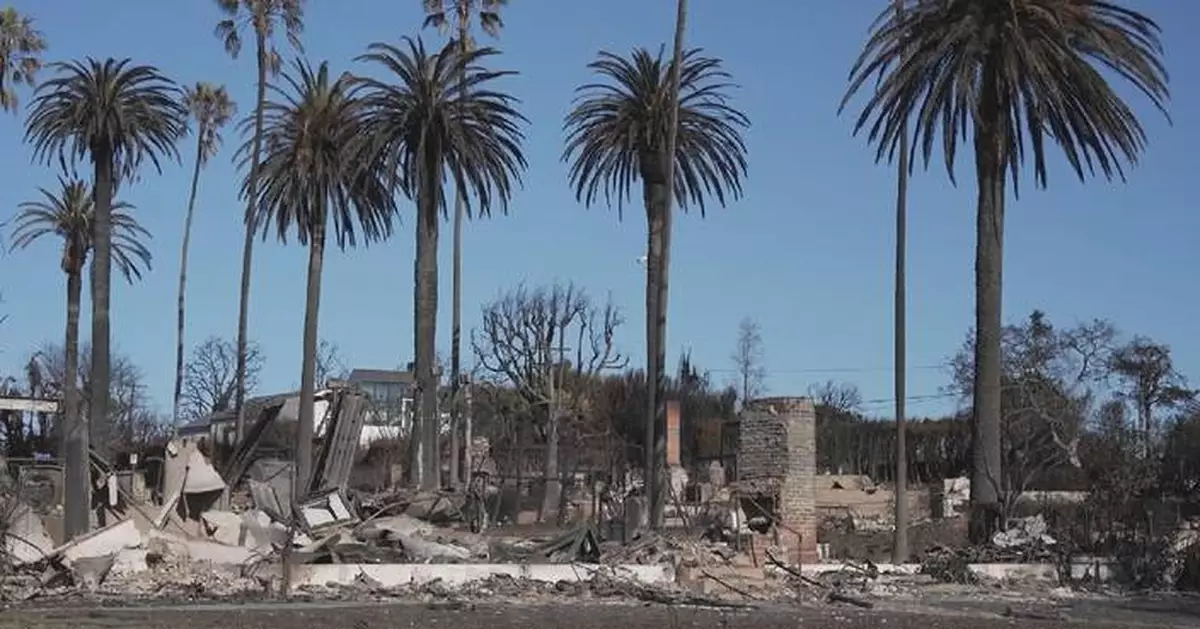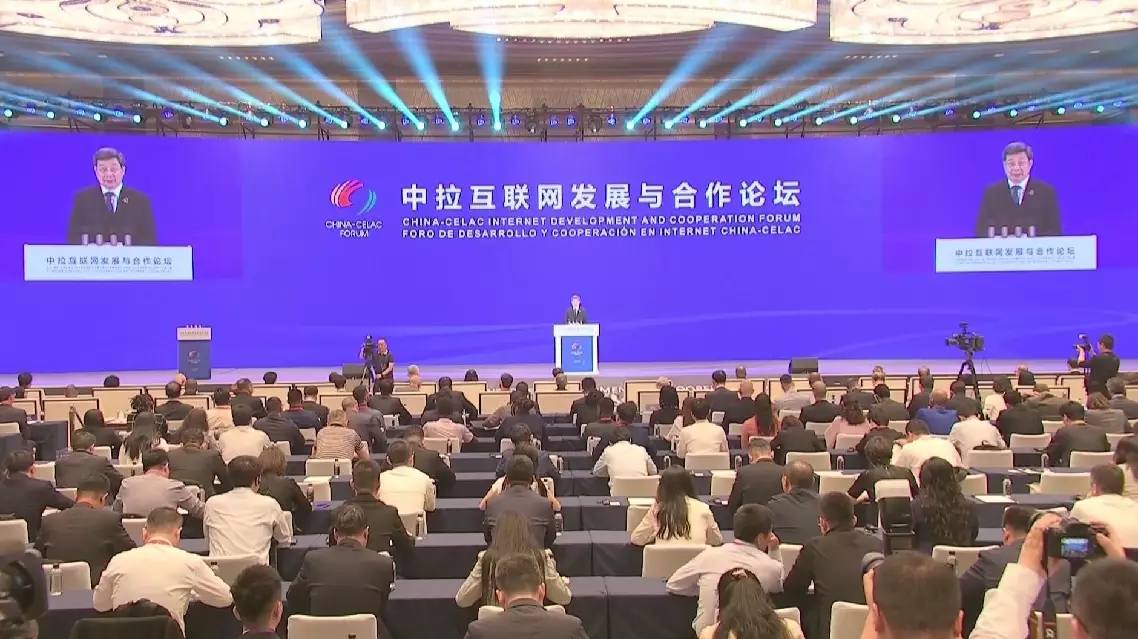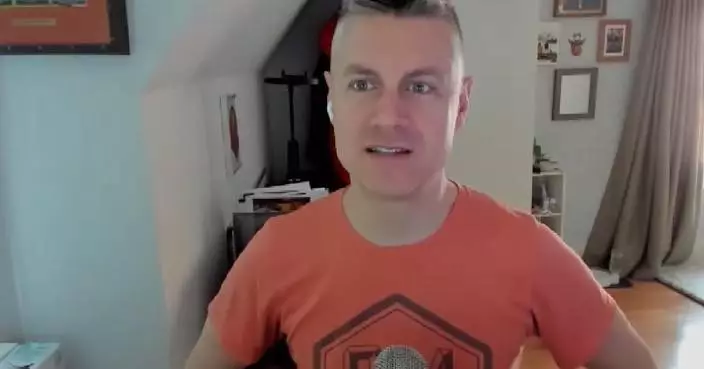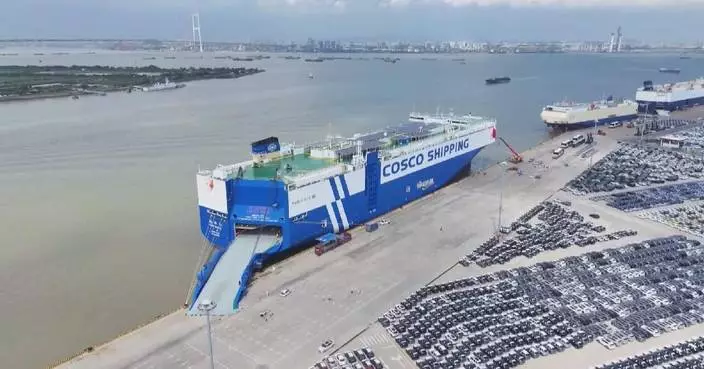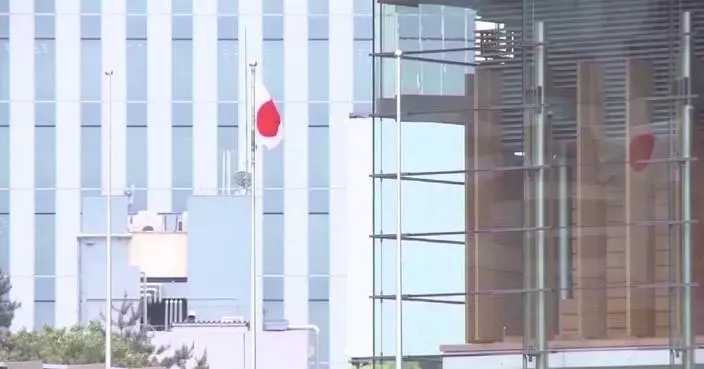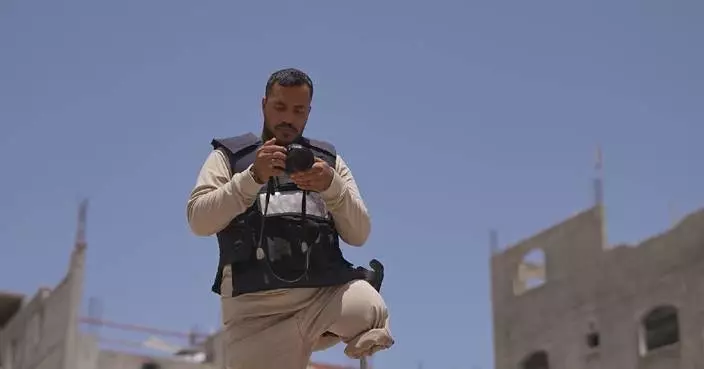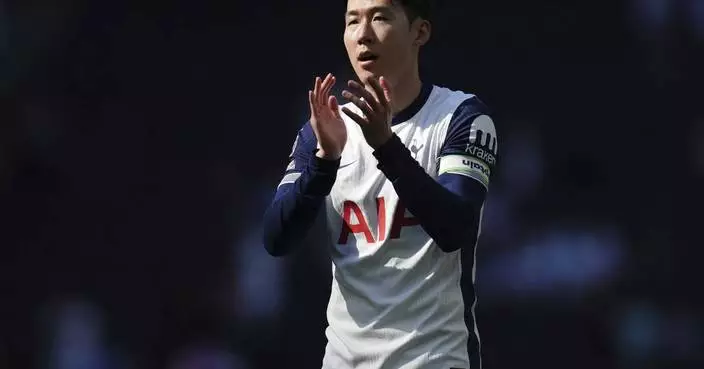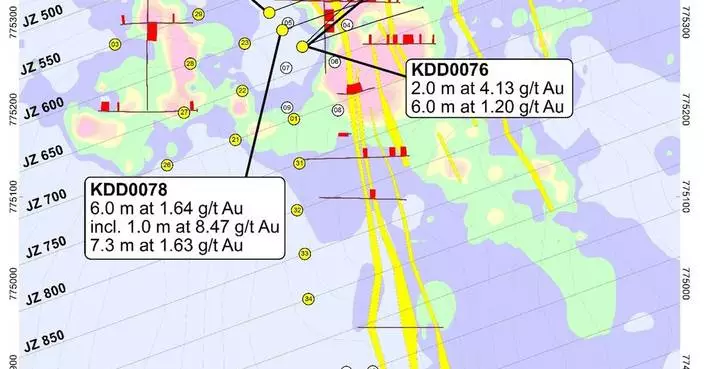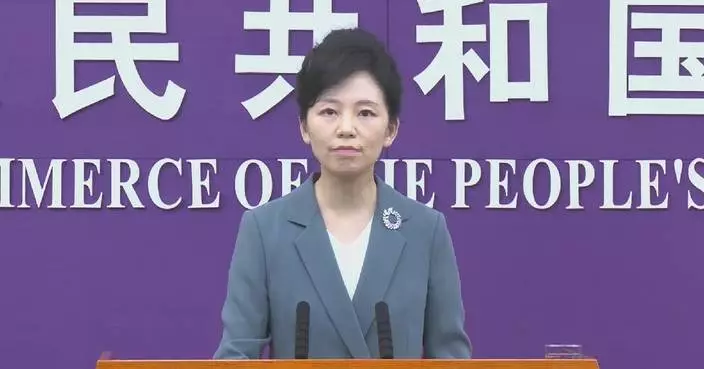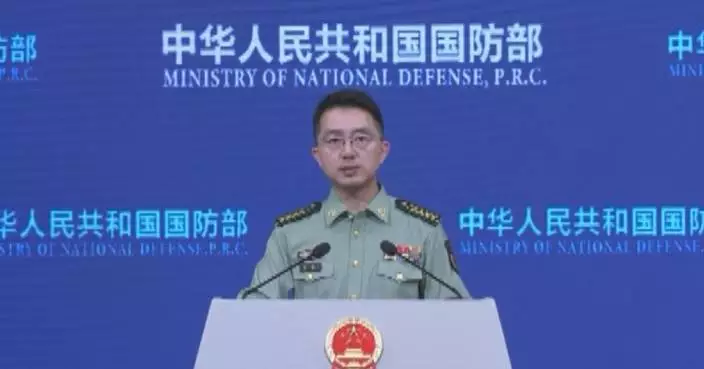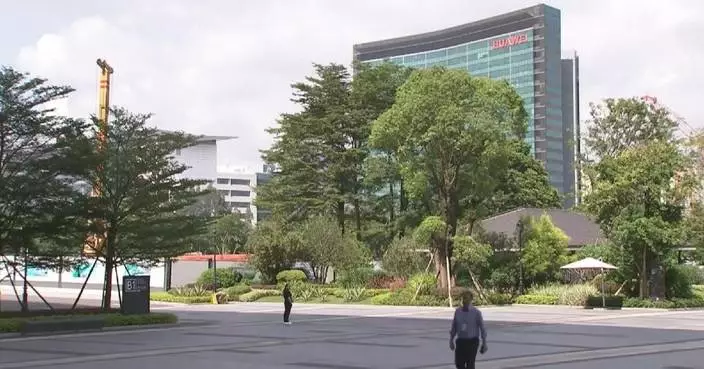Controversy has erupted in Los Angeles after private firefighting teams were called to protect affluent neighborhoods from devastating wildfires, while nearby areas were left to burn, sparking questions about social inequality and the role of private firefighting services.
Local authorities reported on Tuesday that the wildfires in Los Angeles had caused at least 25 deaths, destroyed more than 12,000 buildings, and burned over 155 square kilometers of land.
In the midst of the devastation, a stark contrast became evident in the upscale Pacific Palisades neighborhood, where some buildings remained largely untouched by the flames, standing just streets away from charred remains in other areas.
The protected properties, part of the Palisades Village Shopping Center, were safeguarded by a private firefighting team hired by the shopping center's owners.
U.S. media outlets reported that the private firefighting crew, rushed in from neighboring Arizona, was deployed after the fire began spreading on the night of Jan 7 and into the early morning hours of Jan 8.
This revelation contradicted earlier denials by the Los Angeles Fire Department about the presence of private firefighters. The use of such private teams has since been linked to other wealthy areas, extending beyond just the shopping center.
Privately leased water trucks, each carrying about 12 tons of water, were seen stationed on the streets of the shopping center, standing by to combat the flames.
In the U.S., private firefighting services are typically hired through fire departments or insurance companies, not directly by individuals or businesses, with fees reaching up to 2,000 U.S. dollars per hour.
The revelation has sparked outrage, particularly among residents who lost their homes in less affluent areas. Many are questioning why private firefighting teams were able to prevent the spread of the fire, while city crews struggled to contain the flames.
The Los Angeles Fire Department reported that 20 percent of fire hydrants in the affected areas were either dry or had low water pressure, raising concerns about the coordination between private and public firefighting efforts, as well as their potential impact on public safety.
There are growing concerns about whether the private firefighting efforts obstructed evacuation routes or delayed the response of official fire crews. t remains unclear whether these private teams may have contributed to the slow response in areas that were not directly protected.
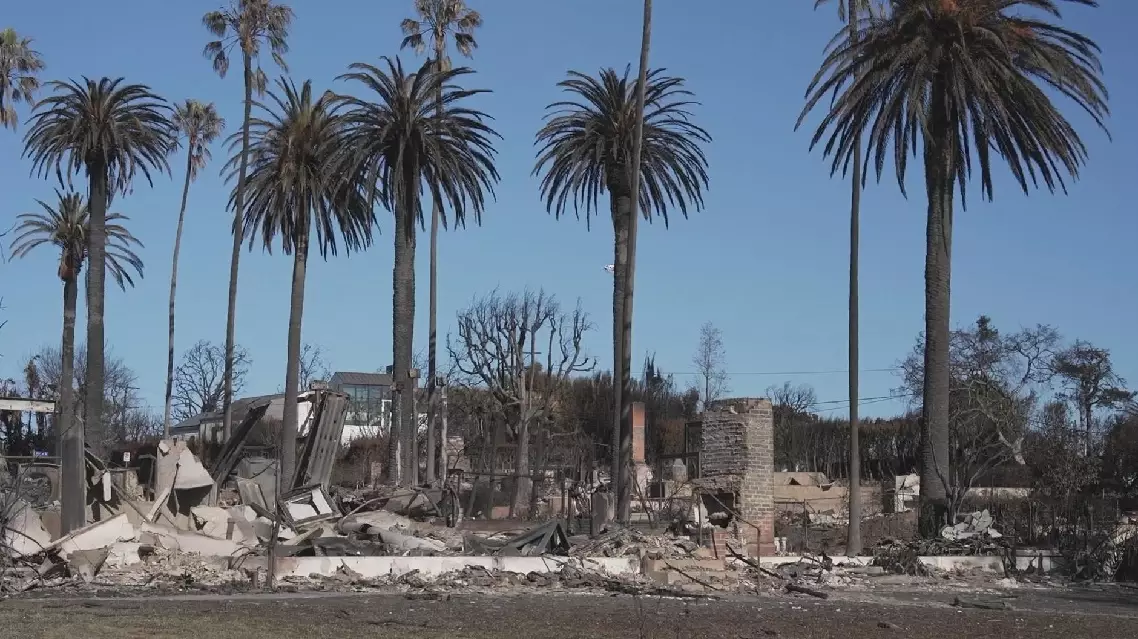
Controversy erupts as private firefighters called into rich neighborhoods to fight LA wildfires


